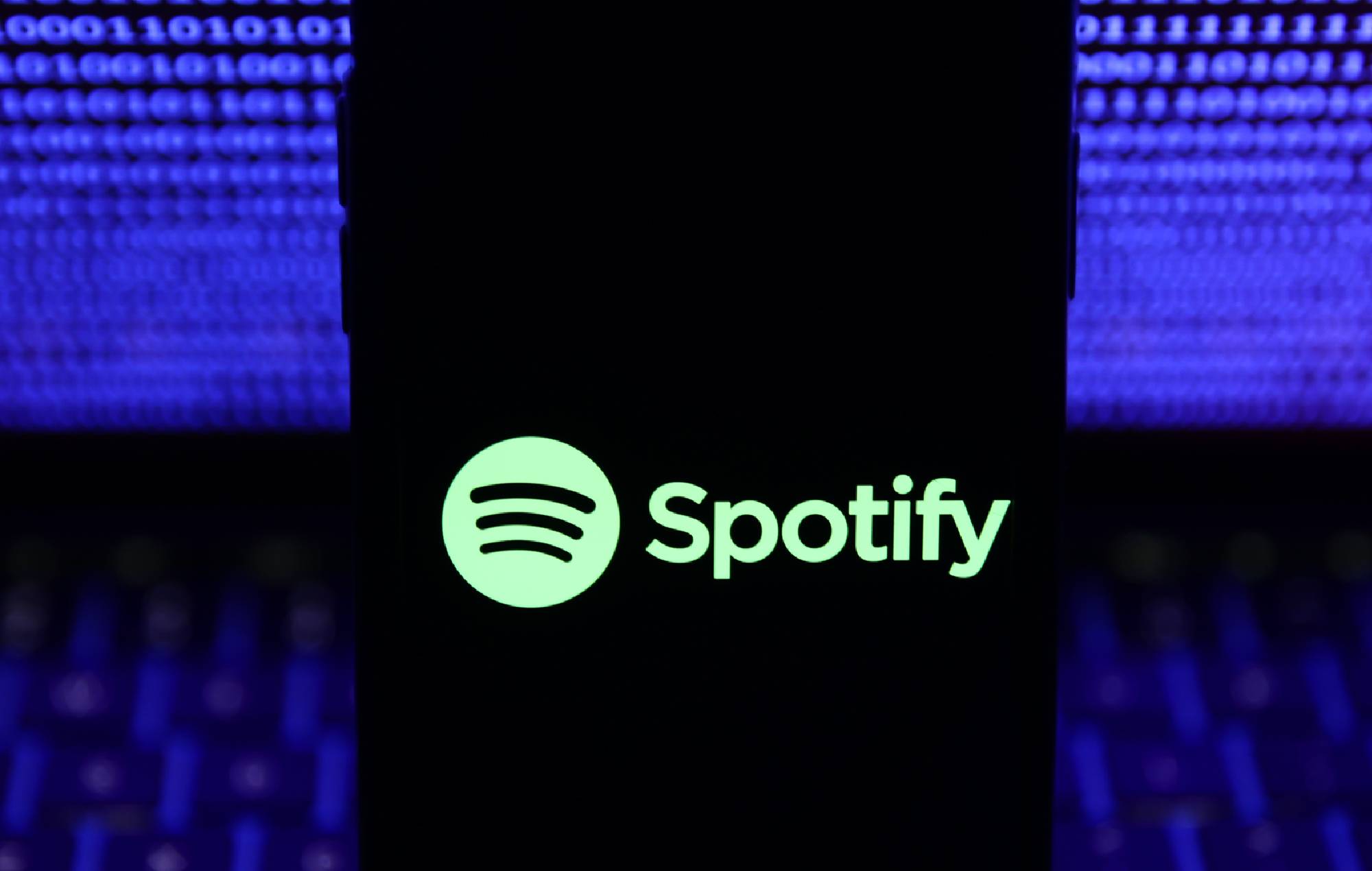Spotify has confirmed the streaming thresholds for its new royalty model.
Reports emerged last month that the streaming giant’s restructuring would mean that less popular tracks wouldn’t earn any royalties, despite the company reporting profits and subscriber gains.
According to a Billboard report, a track would have to meet a minimum annual streaming threshold before it would start to generate royalties.
However, the streaming threshold at which tracks will generate royalties has now been confirmed in a Consequence guest column by Kristin Graziani, president of music distribution platform Stem.
“After doing some analysis on what Spotify has actually communicated to distributors, we can say that in reality, these changes are intended to benefit emerging and growing artists,” Graziani wrote.
The Spotify logo displayed on a smartphone (CREDIT: Mateusz Slodkowski/SOPA Images/LightRocket via Getty Images)
According to the article, Spotify is introducing three new policies in 2024. Firstly, all tracks will have to reach a minimum streaming threshold of 1000 streams within 12
months to be paid a royalty. Secondly, labels and distributors will be charged a penalty for delivering content responsible for fraudulent streams. And finally, functional tracks, like white noise or environmental sounds, for example, will require a longer minimum play time than music tracks to earn royalties.
Graziani said that “Spotify is starting to take steps in the right direction”.
According her analysis, those three policies will have “little to no negative impact on career artists”, and instead will “make more money available to them by way of a larger royalty pool”.
1000 streams in a 12-month period will reportedly earn, at most, $3.00 (£2.44) in earnings.
However, this figure is well below the threshold at which most distributors allow artists to transfer earnings into their own bank accounts – essentially meaning that this money was already not making it into the hands of artists.
Graziani argued that it is distributors who benefit financially, due to large financial amounts accruing interest in bank accounts, rather than artists. She argued that “redirecting those tiny payments can immediately increase the royalty pool by $40million [32.5million] dollars each year, and that number can grow over time.”
The second policy will also help increase artists royalties by preventing money getting into the hands of fraudsters.
She concluded that any new changes will create “new winners, new losers”, and that artists should be encouraged to pay attention to developments over the coming weeks.
In other news from Spotify, the platform has introduced a new feature that will allow users to stream up to 15 hours of audiobooks for free each month.
The post Spotify confirms streaming thresholds for new royalty model appeared first on NME.




